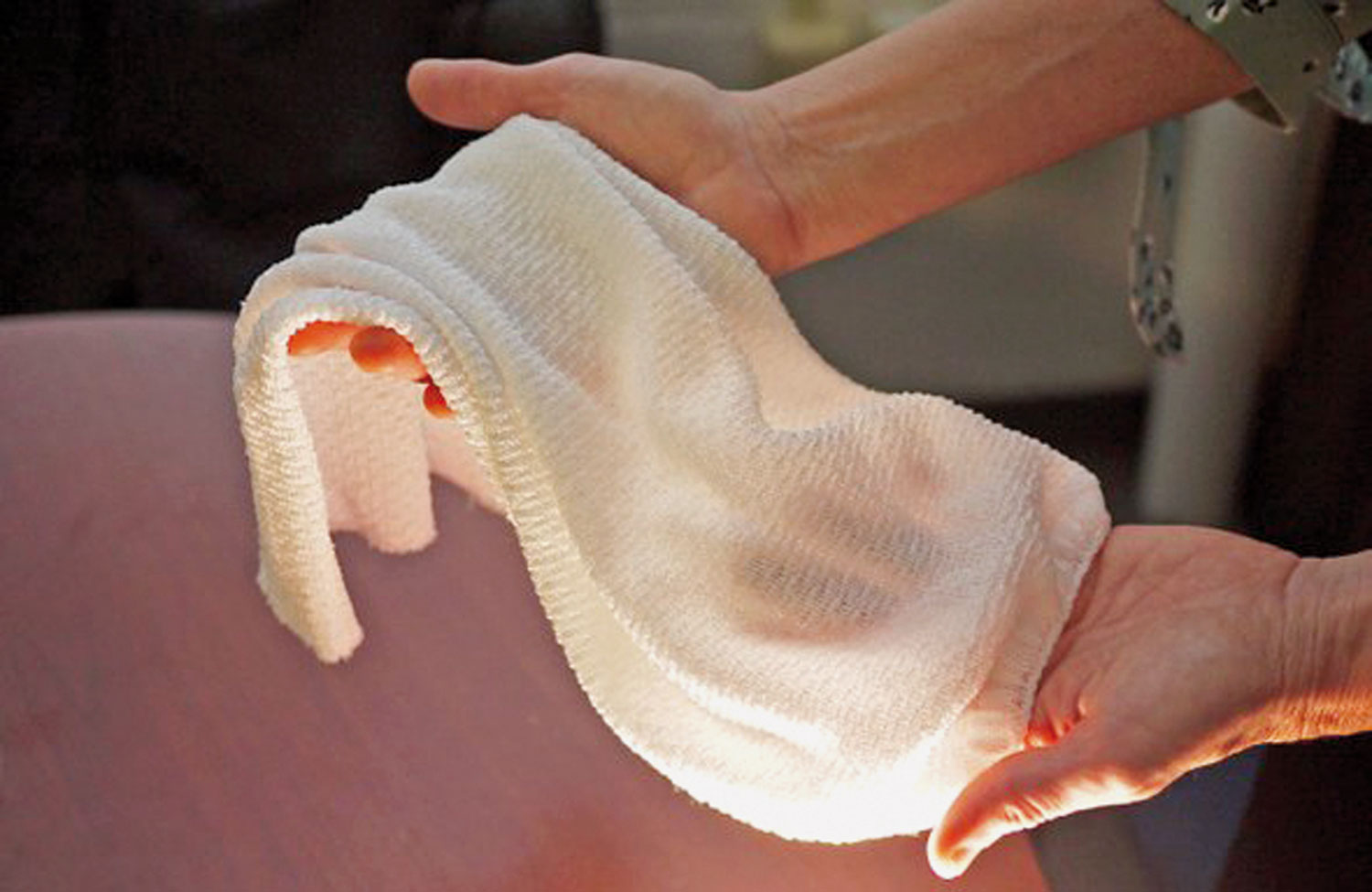

Scientists have created fabric that can adjust to conditions, keeping a person warm or cold when needed. It is made from material that can change its insulating properties in response to the environment. Researchers from the University of Maryland have developed fabric that automatically regulates the amount of heat that can pass through depending on the conditions. This means that the fabric allows more heat to pass through on warm and humid days, but reduces the amount of heat released when conditions are colder and drier.
The researchers created the fabric using engineered yarn made from two synthetic materials, one of which repels water while the other absorbs it. The strands are coated with carbon nanotubes, and the fibres expand or contract depending on the conditions. Specifically, when it’s hot, the strands twist and tighten up, activating the nanotube coating and letting the heat pass through. On the other hand, this mechanism is blocked when the conditions are colder, thereby leaving more heat close to the skin. Incredibly, the effect is nearly instant, so the fabric will already be cooling people down or warming them up even before they realize that they’re warm or cold.
According to researchers, more work is needed before the fabric can be commercialized for the development of high-tech clothing, but fortunately the materials needed are readily available, and that the carbon coating is something that can easily be added during the dyeing process. Interestingly, a similar type of fabric was also developed in 2017, but it had to be reversed before one would feel the effects. “For all of history, the only way to regulate the radiator has been to take clothes off or put clothes on. But this fabric is a true bidirectional regulator,” said UMD professor and paper coauthor Min Ouyang. “I think it’s very exciting to be able to apply this gating phenomenon to the development of a textile that has the ability to improve the functionality of clothing and other fabrics.”
Oman Observer is now on the WhatsApp channel. Click here



